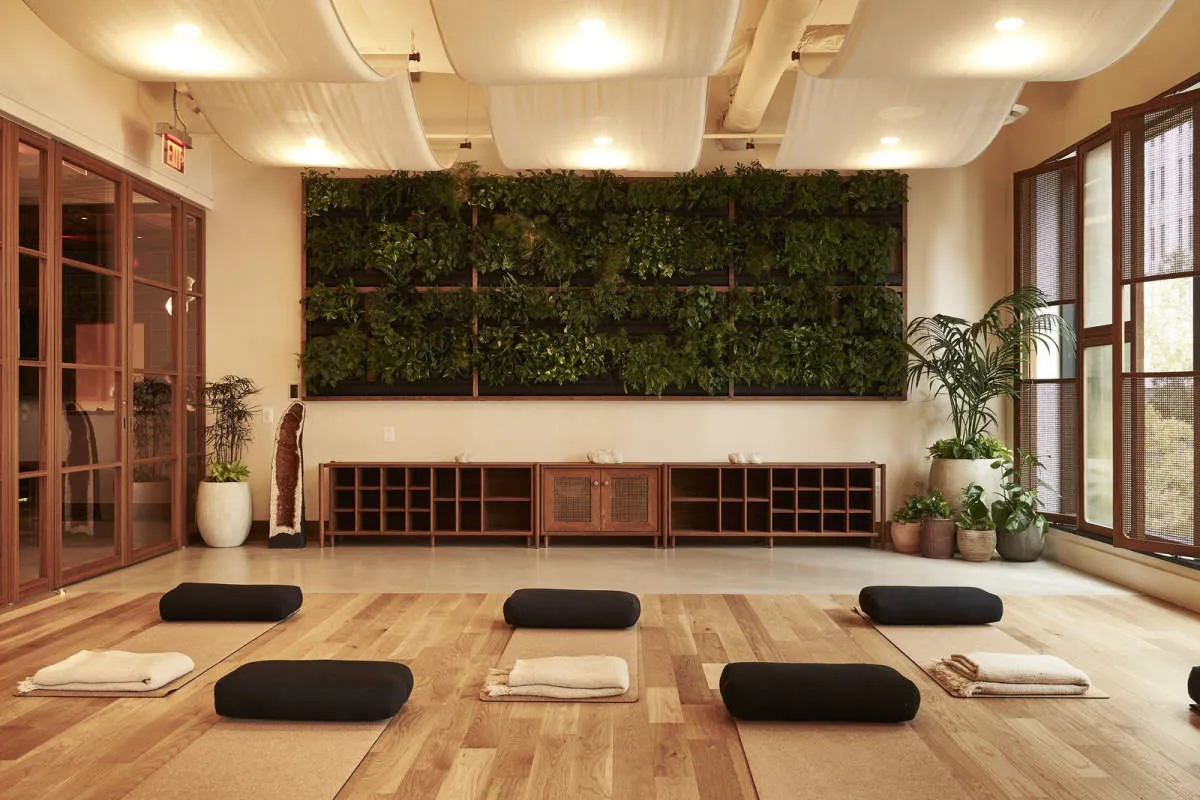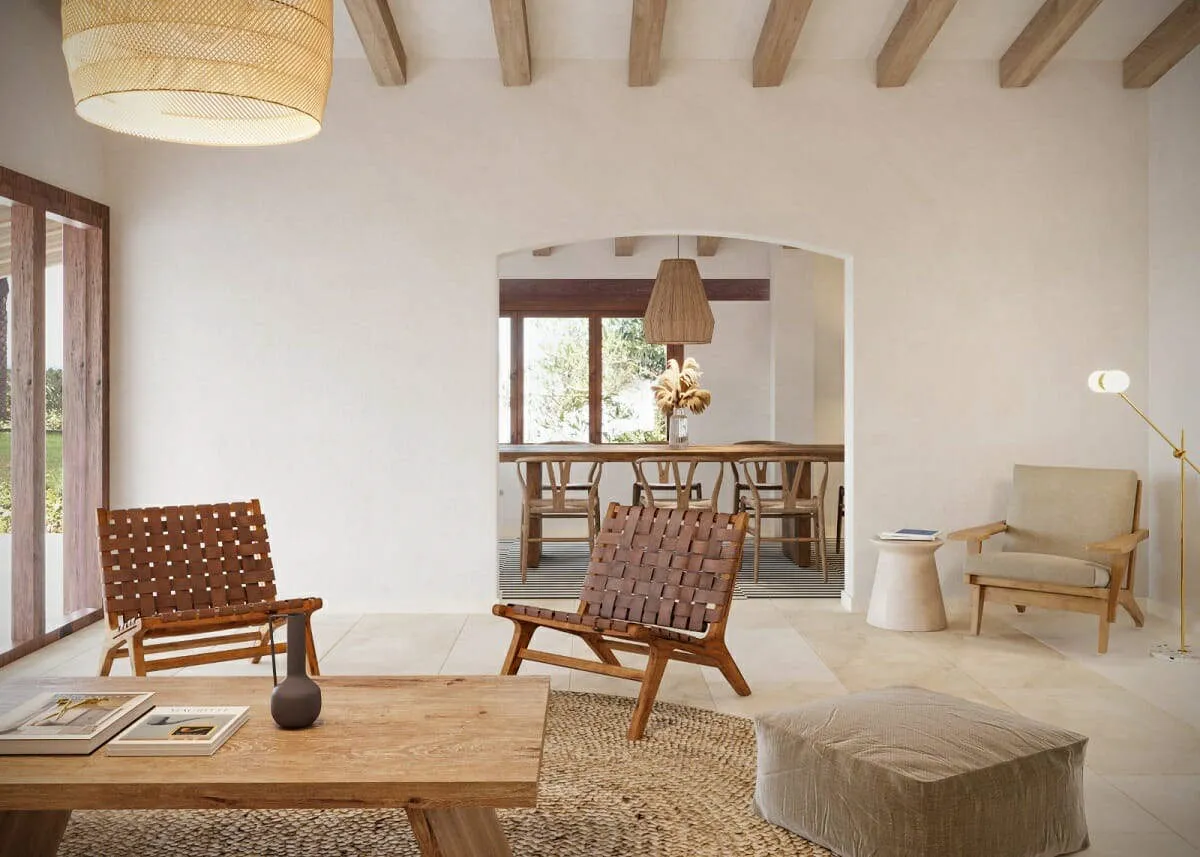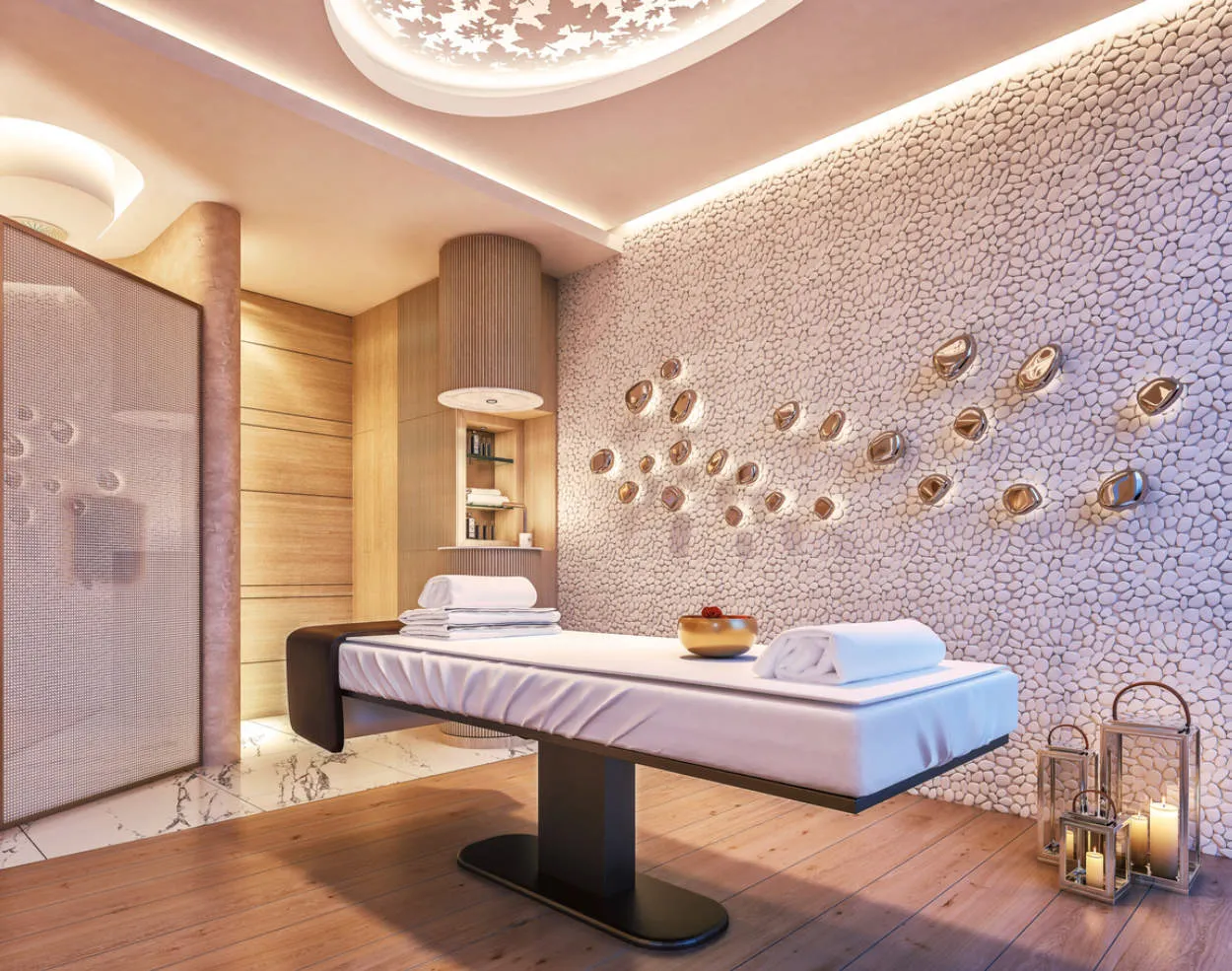Interior Design for Wellness: Spaces that Promote Health
Creating a Calming Environment
In the world of interior design for wellness, creating a calming environment is crucial. Our surroundings have a significant impact on our overall wellbeing, and it’s important to design spaces that promote health. Here are some key elements to consider when aiming for a calming environment:
1. Natural Elements
Bringing nature indoors can have a profound soothing effect. Incorporate natural elements such as plants, natural light, and organic materials to create a connection with the outdoors. This not only enhances the aesthetic appeal but also promotes a sense of tranquility.
2. Color Psychology
The colors used in a space can greatly influence our mood and emotions. Soft and muted tones like blues, greens, and earthy neutrals are often associated with calmness. Consider using them as the main color palette to induce a sense of relaxation.
3. Minimize Clutter
A cluttered space can lead to a cluttered mind. Keep your environment organized and clutter-free to promote a sense of tranquility. Utilize smart storage solutions to maintain a clean and minimalistic look.
4. Comfortable Furniture
Select furniture pieces that prioritize comfort and relaxation. Opt for ergonomic designs, plush cushions, and soft textures. Incorporate cozy seating areas and create a cozy atmosphere that encourages relaxation and calmness.
5. Ambient Lighting
Lighting plays a crucial role in creating a calming environment. Avoid harsh and bright lights, and opt for soft, warm lighting instead. Incorporate dimmers and diffused light sources to create a soothing and tranquil ambiance.
6. Mindful Design Layout
The layout and flow of a space can greatly impact our state of mind. Create a mindful design layout by allowing for plenty of open spaces, natural traffic flow, and designated areas for different activities. This will help create a harmonious and calming environment.
By incorporating these elements into your interior design, you can create a calming environment that promotes health and wellbeing. Take your time to plan and design your space thoughtfully, focusing on creating a serene and tranquil atmosphere.
Natural Elements for Stress Relief
In the realm of interior design for wellness, incorporating natural elements into living spaces can greatly contribute to stress relief and promote overall mental and physical well-being.
One of the most effective natural elements for stress relief is incorporating plants into your interior design. Indoor plants not only add beauty and freshness to a space but also have been proven to reduce stress and improve air quality. The presence of greenery can create a calming and peaceful atmosphere, relieving anxiety and promoting relaxation.
Natural light is another crucial element in promoting wellness and reducing stress. By optimizing the use of natural light, either through large windows or skylights, you can create a bright and invigorating space that enhances mood and energy levels. Sunlight has been shown to increase serotonin levels, which are responsible for boosting mood and reducing stress.
Using natural materials, such as wood or stone, in your interior design can also contribute to stress relief. These materials have a grounding effect and create a sense of connection to nature, which can help reduce anxiety and promote a sense of calmness. Incorporating elements like wooden furniture or stone accents can bring a natural and soothing vibe to your living space.
In addition to plants, natural light, and materials, incorporating water elements can also provide stress relief. The sound of flowing water from a fountain or a small indoor waterfall can create a soothing ambiance and help drown out noise pollution. Water features can contribute to an overall sense of tranquility and relaxation.
In conclusion, when it comes to interior design for wellness, incorporating natural elements such as plants, natural light, materials, and water features is essential. By creating a space that embraces nature, you can create an environment that promotes stress relief, relaxation, and overall well-being.
Interior Design for Wellness: Spaces that Promote Health (Design Photos)





Conclusion
Incorporating wellness-focused interior design principles into our spaces is crucial for promoting good health. By prioritizing natural light, soothing colors, greenery, ergonomic furniture, and proper ventilation, we can create environments that enhance physical and mental well-being. These thoughtful design choices ultimately contribute to a healthier and happier lifestyle for individuals.




